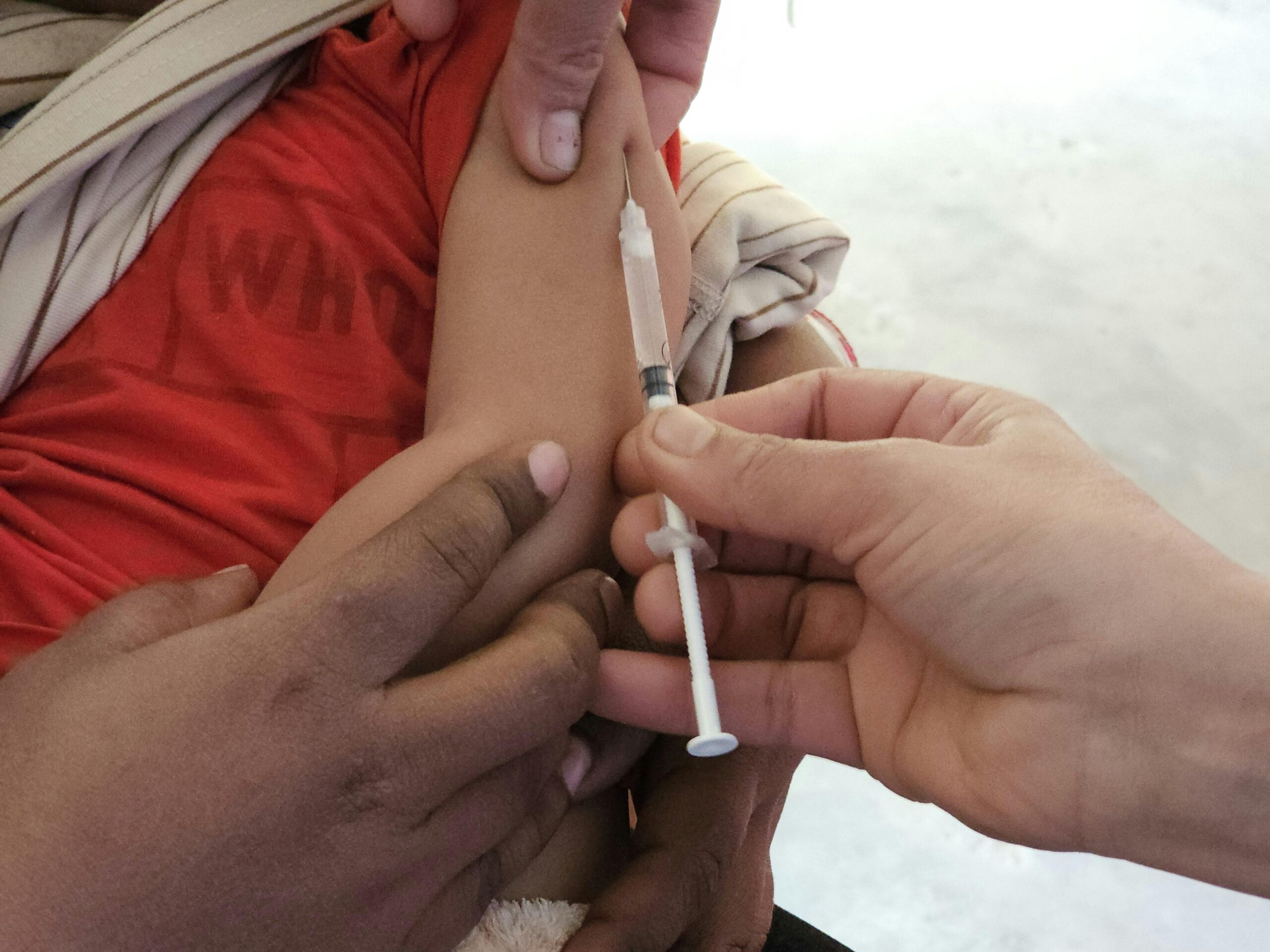Nethra Sailesh, Pune
The Ministry of Health and Family Welfare has disputed the recent WHO/UNICEF report on national immunization coverage which claimed that India ranks second in terms of zero dose children in the world. According to this report, 1.6 million children have not received any vaccine at all in India.
UENIC or the WHO/UNICEF estimates for national immunization coverage examines vaccination coverage across countries and suggests appropriate measures to tackle the same.This year they have estimated 14.5 million zero dose children across the globe. This data is collected via 3 predominant sources such as published literature, completed survey reports and information from member states.
According to WHO, zero dose children are defined as those who do not receive their first dose of the DTP (diphtheria-tetanus toxoid-pertussis) vaccine. This serves as an indication of access to routine immunization facilities. The final number is calculated by the difference between the estimated number of surviving children and the estimated number of children who receive their DTP-1 vaccine.
The Union Health Ministry attested that the reports suggested by UNICEF depict an incomplete picture of the immunization coverage of India. They claim that the report does not factor in India’s population base in comparison to other countries. Furthermore, they added that this number only accounts for 0.11% of the country’s total population. They said that India has above 90% coverage of DTP-1 (first dose of DTP) with only a 2% dropout number (children who receive the first dose of DTP-1 but not the third).
The Ministry also added that the country has one of the largest public health initiatives, the Universal Immunization Programme (UIP) holding more than 1.2 core vaccination sessions. Additionally, the country’s full immunization coverage for FY 2023-2024 stands at 93.23% nationally which is a huge increase in comparison to the 2019-2021 number which was 76.1%.
The government of India also started Mission Indradhanush in 2014 to tackle complete immunization of children under 2 years. In 2017, the Intensified Mission Indradhanush (IMI) was launched to focus on people left behind by the routine immunization program in low performing areas.
According to a Times of India report, in India, infants must receive BCG (Bacillus-Calmette Guérin), Hepatitis-B and OPV (oral polio vaccine) at birth or as early as possible. At six weeks, a pentavalent vaccine which is a combination of hepatitis, haemophilus influenzae type B, diphtheria and pertussis needs to be given. The WHO/UN report assumes that missing the first DPT containing vaccine is a marker for lack of access to immunization facilities. This need not be the case in India as many children receive other vaccines before the six-week mark. Furthermore, a lack of access to regional health reports could also lead to an incomplete report.
